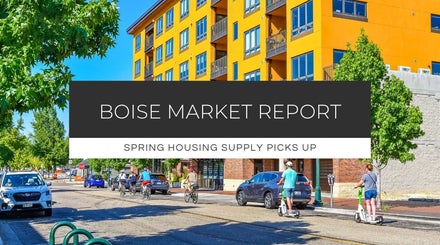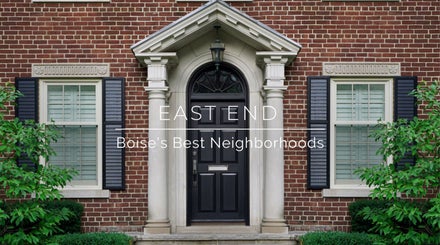What Is a 1031 Exchange?
A 1031 exchange, also known as a like-kind or Starker exchange, involves a number of rules and steps, but the short answer is that it allows you to sell one investment property and purchase another while deferring the capital gains tax you would normally owe on the profit.
For many investors, this is considered one of the most powerful tax advantages available when buying and selling real estate. That said, a 1031 exchange won’t be the best fit for every situation.
A conversation with your tax advisor or attorney can help you decide if a 1031 exchange is the best strategy for your goals. Your current tax profile, timeline, and other financial transactions should all be considered. In some cases, simply paying the capital gains tax may be more cost-effective than going through an exchange.
Who Can Use a 1031 Exchange?
Generally, any U.S. taxpayer who owns real estate for business or investment purposes can complete a 1031 like-kind exchange. This includes individuals, LLCs, partnerships, corporations, and trusts. The main rule is that the same taxpayer who sells the property must also be the one to buy the replacement property.
If the property is owned through a business entity, the name on the title usually needs to stay consistent throughout the process. There are a few exceptions. For example, if you own property through a single-member LLC, the IRS generally treats that as the same as owning it individually.
The Role of a Qualified Intermediary
Once you decide to move forward with a 1031 exchange, your next step is to find a qualified intermediary, often called an accommodator. These professionals handle the legal and financial parts of the exchange, including holding the sale proceeds so you don’t receive them directly (which would trigger taxes).
Many well-known title companies have teams that specialize in 1031 exchanges. Independent accommodators are also an option. Choose an intermediary who is experienced, properly insured, and well-regarded in your market.
How a 1031 Exchange Works
Say you’ve owned a rental property for at least two years and its value has increased significantly. You decide to sell and use the profit to invest in another property. You list it, get an offer, and close the deal. At that point, the 1031 timeline begins.
The goal is to reinvest the full proceeds from the sale, not just the profit, into a new investment property. This allows you to defer the capital gains tax you’d otherwise owe. If you take out any of the proceeds or buy a less expensive property, you may owe tax on the difference. This difference, known as ‘boot,’ is generally taxable.
Once the sale is complete and recorded, you have 45 days to identify potential replacement properties. Then you have a total of 180 days from the sale date to close on one (or more) of them. These timelines are strict and can't be extended. During this process, your accommodator will hold the funds and help facilitate the transaction.
Browse 1031 Exchange Properties for Sale.
What Counts as Like-Kind Property?
Qualifying properties must be considered real estate used for investment or business purposes. This includes rental homes, commercial buildings, and land. The new property must also be considered “like-kind,” but that doesn't mean it has to be the same type of property. For example, you can exchange a rental home for a commercial building or a piece of raw land, as long as both are held for investment or business purposes. The term like-kind refers to the use and nature of the property, not its type, size, or location.
Primary residences, second homes, and vacation homes generally don’t qualify. There are exceptions if a vacation home is rented out regularly and personal use is very limited, but that’s something to confirm with a tax professional.
It’s also worth noting that personal property (things like boats, equipment, or airplanes) no longer qualifies for 1031 exchange treatment. This changed in 2018 with updates to the tax code. Now, only real estate can be exchanged under this rule.
Common 1031 Exchange Mistakes
While a 1031 exchange can offer significant tax benefits, it’s easy to make mistakes if you're not careful. Here are a few of the most common missteps:
- Missing the deadlines: You have 45 days to identify potential replacement properties and 180 days to close. These timeframes are strict and cannot be extended.
- Receiving the sale proceeds directly: If the funds from your sale pass through your hands, even briefly, the exchange becomes disqualified and taxes may be due.
- Choosing the wrong type of replacement property: The replacement property must also be held for investment or business use. A second home or primary residence won’t qualify.
- Not using a qualified intermediary: A 1031 exchange must be facilitated by a neutral third party. Using an attorney or accountant you already have a relationship with may disqualify the exchange.
- Combining personal use with investment property: If you're using the property personally, even occasionally, it may not meet IRS guidelines for like-kind exchanges.







Leave A Comment